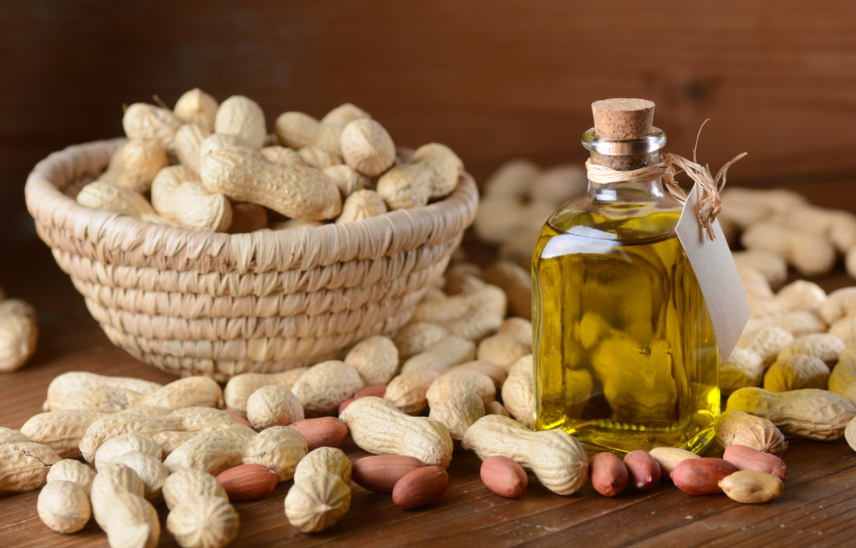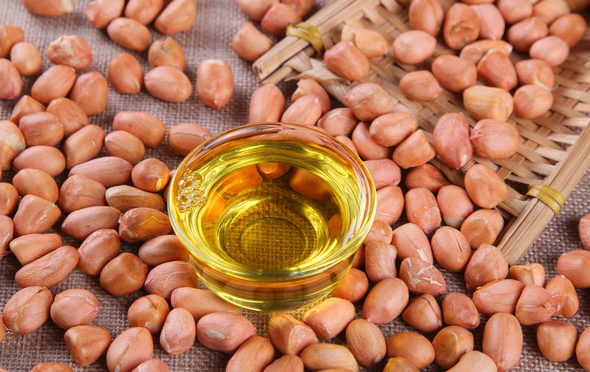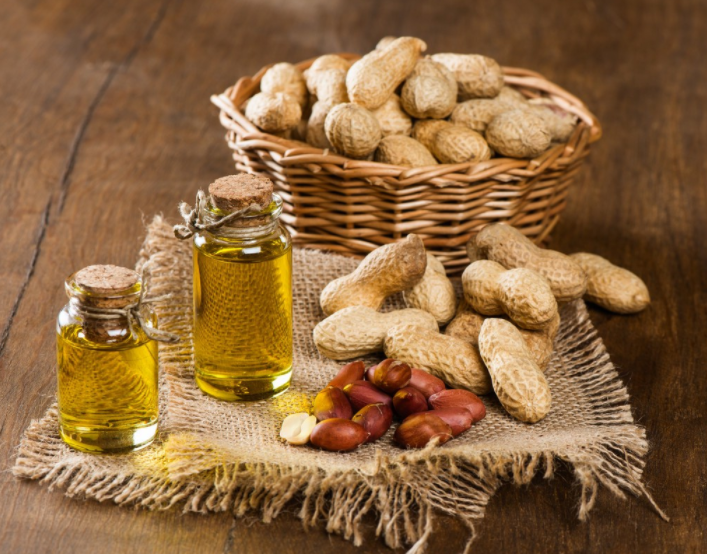1. The nutritional value of peanut oil
Peanut oil can provide a large amount of nutrition to the human body and increase the deliciousness of food. It is an important raw material that constitutes a variety of tissue components in the human body.

(1) High zinc content.
The zinc content of peanut oil is 37 times that of salad oil, 32.6 times of corn oil, 16 times of rapeseed oil, and 7 times of soybean oil. Although there are many ways to supplement zinc, fat is a daily essential supplement, so edible peanut oil is particularly suitable for the public to supplement zinc.
(2) Contains health ingredients that are beneficial to the cardiovascular and cerebrovascular.
Nutrition experts have found three health-care ingredients beneficial to the cardiovascular and cerebrovascular in peanut oil: resveratrol, rich monounsaturated fatty acids and β-sitosterol. Experiments have shown that these substances are chemopreventives for tumor diseases, as well as chemopreventives for reducing platelet aggregation, preventing arteriosclerosis and cardiovascular and cerebrovascular diseases. They are one of the ideal edible oils for middle-aged and elderly people.
(3) Delay the aging of brain function.
The high-quality peanut oil contains a variety of anti-aging ingredients, which can improve the memory of the human brain and have the effect of delaying the aging of the brain function. It is suitable for everyone, especially the middle-aged and elderly people.
Peanut oil is of high quality, rich in nutrition and fragrant. It is a favorite edible oil, so peanut oil has always been the main product of peanut processing.

2. Processing of peanut oil
The methods of producing peanut oil include traditional squeezing method, pre-extruding-leaching method, aqueous method, microwave assisted extraction method and water enzymatic method.
(1) The squeezing method is also known as the mechanical method. It uses mechanical external force to squeeze out the oil in the peanuts. The extraction rate is low, the labor intensity is high, the production efficiency is low, and the cost is high.
(2) The leaching method is a method that uses the characteristics of organic solvents such as n-hexane to "dissolve" the oil, soaking or spraying the preform or pre-pressed cake to extract the oil in the peanuts. The oil yield of this method However, the existence of organic solvents causes poor production safety, high production costs, many leaching equipment and large investment.

(3) Aqueous method is a method that uses the difference in the "affinity" of the non-oil components in the oil to oil and water, and at the same time uses the difference in the specific gravity of oil and water to separate oil and protein.
Microwave-assisted extraction is a new extraction method that combines microwave activation and traditional solvent extraction.
(4) The hydro-enzymatic method is to use mechanical crushing method to destroy the cell structure of oil tissues and the oil complex, and then use cellulase, pectinase, etc. to degrade the cellulose skeleton of the oil cell wall and the adhesion between cells, so that the oil cell The effective ingredients such as oil and protein are fully freed to improve the oil yield.
The above wonderful content is the sharing of Processing technology of peanut oil by Henan Zhongxing Grain and Oil Machinery Co., Ltd. If you want to know the processing technology of peanuts, you can contact us at any time.
Copyright © Henan Zhongxing Grain And Oil Machinery Co.,Ltd. All Rights Reserved. Powered by MetInfo